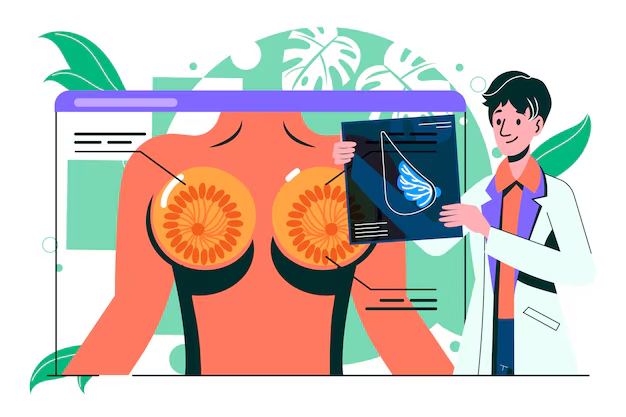Mar 25
2024
The Revolutionary Impact of Healthcare Mobile Apps In Remote Regions
By Amy Groden-Morrison, vice president of marketing and sales operations, Alpha Software.
In an era where technology intersects with health to create impactful solutions, healthcare mobile applications are proving to be a lifeline in remote and underserved regions. These digital tools are not just applications but are transforming into portals of hope, providing critical healthcare services that were once deemed inaccessible.
Let’s dive into the transformative power of healthcare mobile apps, particularly in regions where traditional healthcare infrastructure struggles to reach — primarily focusing on the realm of healthcare and technology, shining a light on innovations that spark inspiration and demand active participation and advancement within this critical sector.
Telemedicine Services: Facilitating Remote Consultations
One of the most significant contributions of healthcare mobile apps is the facilitation of telemedicine services. In remote areas, where the nearest healthcare facility could be hours away, telemedicine has become a game-changer. It enables patients to seek advice from healthcare professionals via video calls, messages, or emails. This immediate access to doctors and specialists can mean the difference between life and death in critical situations. Moreover, it helps manage chronic conditions, mental health, prenatal care, and post-surgery follow-ups, making healthcare a continuous, rather than sporadic, service.
Empowering Community Health Workers: Training and Data Collection
Healthcare mobile apps are instrumental in empowering community health workers (CHWs) in remote regions. These apps serve as both a training tool and a data collection platform. With tailored apps, CHWs can access up-to-date medical information, training materials, and guidelines, enhancing their ability to provide care. Furthermore, these apps facilitate real-time data collection and patient monitoring, enabling healthcare providers to make informed decisions and track health trends in the community. This digital empowerment of CHWs extends the reach of healthcare services, making them more effective and responsive.
Health Education: Disseminating Vital Information
Education is a cornerstone of preventive healthcare, and mobile apps are serving as a crucial component in disseminating vital health information. In areas with limited access to educational materials, mobile apps offer an accessible platform for communities to learn about disease prevention, nutrition, maternal health, and more. These applications can be tailored to meet the linguistic and cultural nuances of different regions, ensuring that the information is not just accessible but also relatable and understandable.
Emergency Response: Aid during Crises
In times of crisis, such as natural disasters or epidemics, healthcare mobile apps become even more critical. They can be used for emergency notifications, guiding individuals to safety, and providing instructions on how to deal with injuries or outbreaks. These apps can facilitate the coordination of relief efforts, including the distribution of medical supplies and the deployment of medical personnel, ensuring a timely and organized response that can save lives.
Challenges: Connectivity, Cultural Adaptation
Despite the numerous benefits, the deployment of healthcare mobile apps in remote regions faces challenges. Connectivity remains a significant barrier, with many areas lacking the necessary infrastructure for mobile internet. Additionally, cultural adaptation is crucial; apps must be designed with an understanding of local languages, traditions, and beliefs to ensure they are welcomed and used effectively.
Healthcare mobile apps are transforming lives in remote regions by making healthcare services accessible, empowering community health workers, providing vital health education, and offering support during emergencies. However, for these digital tools to reach their full potential, challenges such as connectivity and cultural adaptation need to be addressed.
As technology professionals and healthcare IT experts, there lies an opportunity to innovate and contribute to this transformative journey, making healthcare accessible to all, regardless of their geographical location. The synergy between healthcare and technology not only showcases the potential for profound societal impact but also underscores the importance of collaboration and continuous innovation in bridging the healthcare divide in remote regions, paving the way for a healthier, more connected world.


















.png)


Discussion about this post